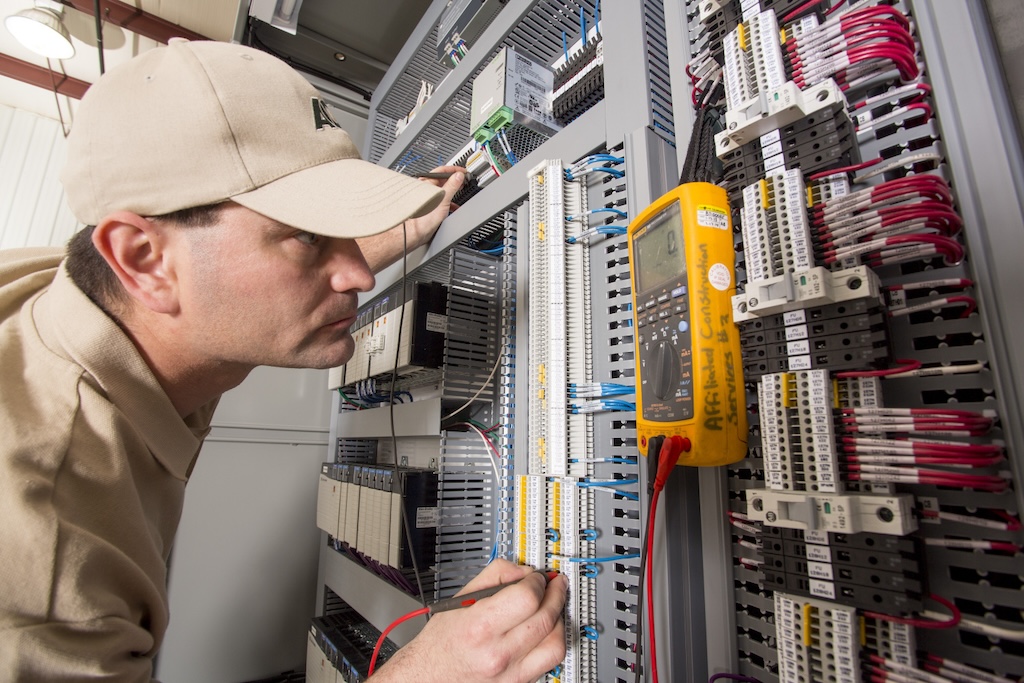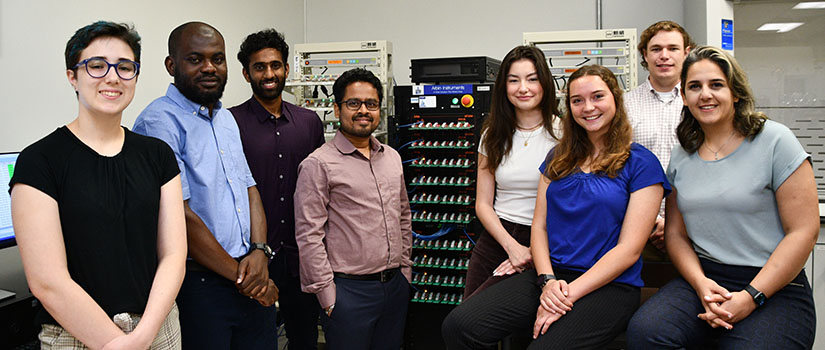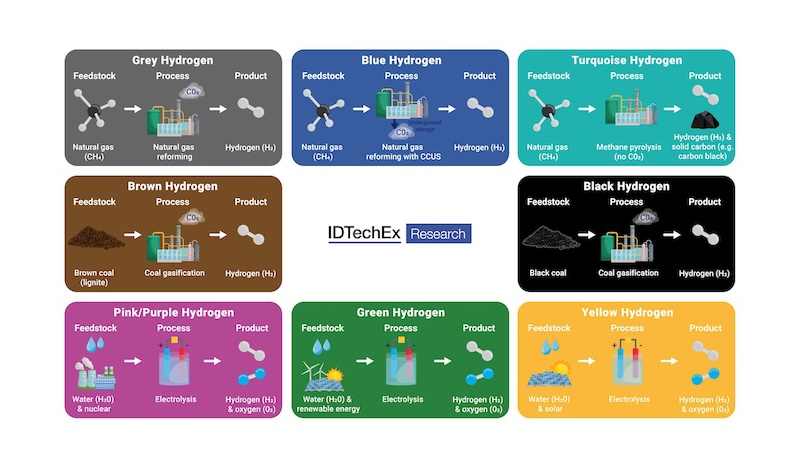In the year since the last Light Fair in Las Vegas, the main issues in the LED industry have shifted from the boom in the LED TV market and oversupply in general to the general lighting market and the capacity being added in China.

I recently attended LightFair in Philadelphia – mostly the exhibition but also one of the seminars and some meetings away from the show floor. The show covered all lighting, however I will give an LED analyst perspective.
In the year since the last Light Fair in Las Vegas, the main issues in the LED industry have shifted from the boom in the LED TV market and oversupply in general to the general lighting market and the capacity being added in China.
The show appeared to be a success: the show floor looked to be completely full and sold out, and was busy on the first day (Tuesday 16th) and for much of the second. All the major LED and lighting vendors were there. Philips had by far the largest presence, with 14 different booths (separate ones for Color Kinetics, Lightolier, Lumileds etc) which was notably different to last year when they had just one small/medium sized booth for the sall of Philips Lighting, which had been overcrowded as a result.
In addition to Lumileds, all the top LED manufacturers had a strong presence. Cree’s booth stated “they said it couldn’t be done..we didn’t listen” in relation to what they see as their leadership in the industry in pushing LEDs into volume in previously difficult applications. They also claimed “unmatched color and efficiency”. A few weeks before the show, on May 9th, they announced an R and D result of 231 lumens per watt for a white power LED, said to be an industry best.
While Cree is still acknowledged by many as the quality and volume leader, and currently sees no short term threat from newer LED manufacturers, it will be interesting to see whether some of the new participants, particularly in China and Korea, will challenge them and other top tier manufacturers in the longer term or at least force down their prices. LG Innotek had a good sized booth at the show focusing on their products in general lighting. Samsung LED was there, but with a VIP booth by invitation only, and no public products on show like the other manufacturers. I was told they will launch products in September. At the present moment, LG Innotek and Samsung do not have a high market share in the general lighting market and most of their LED revenue is in backlighting the displays in their own TVs.
Only a small number of LED driver IC manufacturers, such as NXP and Maxim, actually exhibited at the show, however many more were in attendance. Perhaps due to the volumes now reaching a more profitable level, semiconductor manufacturers have invested much more in this market in the last 2 years. In 2009, there were very limited top quality products available for general lighting, there was a surprising lack of interest from IC manufacturers, LED driver ICs (or associated electrolytic capacitors) were considered a weak link (with regards lifetime) and it was much easier to find a bulb or other LED product being designed without a controller IC. This situation is now changing. A significant number of reputable manufacturers, such as (in no particular order) TI, National, Power Integrations, Marvell, iWatt and ST Microelectronics as well as others, and the exhibitors mentioned above, are addressing this market and will hopefully ensure that in the coming years LED lifetime claims and not derailed by the associated electronics.
This year there seemed to be very few coloured LEDs and they look increasingly marginalised. It is interesting to note that at the beginning of the LED industry there was only coloured LEDs, and that is what LEDs were known for, and there was no white. Now white products are completely dominant – some manufacturers, such as Everlight and Philips had entirely white booths as if to highlight this trend. This year I noted an Increase in very natural products (warm white, diffuse, individual LEDs not visible) for indoor compared to previous shows. Place these products in an office or home or shop and the typical visitor or customer would not be likely to notice that the lights were LED at all. The LED sell can therefore be summarised as recreating the aesthetic of incandescent light while offering practical benefits such as lower energy consumption and longer lifetime as well as being better for the environment. Unlike some applications such as automotive and architectural lighting, the stylistic quality of LEDs is not greatly in evidence for indoor illumination at the moment.
Although a natural look dominates for LEDs indoor, it is different outdoor, where street lights use still cooler whites and large numbers of individually visible LEDs. About 40 LEDs was average and typical and this does not seem to have reduced substantially in the last year or two. Bulbs and small luminaires were more common in the displays, however, with 60Wand 75W incandescent equivalents now becoming more common (these products have hardly any real volume so far: most LED bulbs sold today are in the range of 20-50W in terms of the equivalent incandescent wattage required to produce the same lumens). Street lights were perhaps less shown than at some other shows I have attended before. Some manufacturers, such as BridgeLux, focused their booths very heavily on retail.
In April Cree announced their results for the first quarter of 2011. The growth was not as high as the overall LED lighting market growth in 2010 or previous years. Cree doesn’t believe they are losing market share however so this would seem to indicate a slow start to LEDs in general lighting in 2011 for the whole LED market. Speaking to other vendors at the show, this was broadly confirmed. LEDs in general lighting is still growing well but not as rapidly as the pace of the previous years. The reasons for this slightly weakened demand are not fully clear, but may well include ongoing supply chain corrections, the impact of the wait for new standards to be finalised and accepted and the price point of the newer LED applications still not quite at a level where high double digit penetration of the lighting market can be achieved.
Although it seems reasonable to expect higher growth to return at some point during the year, we currently expect 2011 overall to be somewhat weaker than previously anticipated by some, however the long term forecast remains robust.



